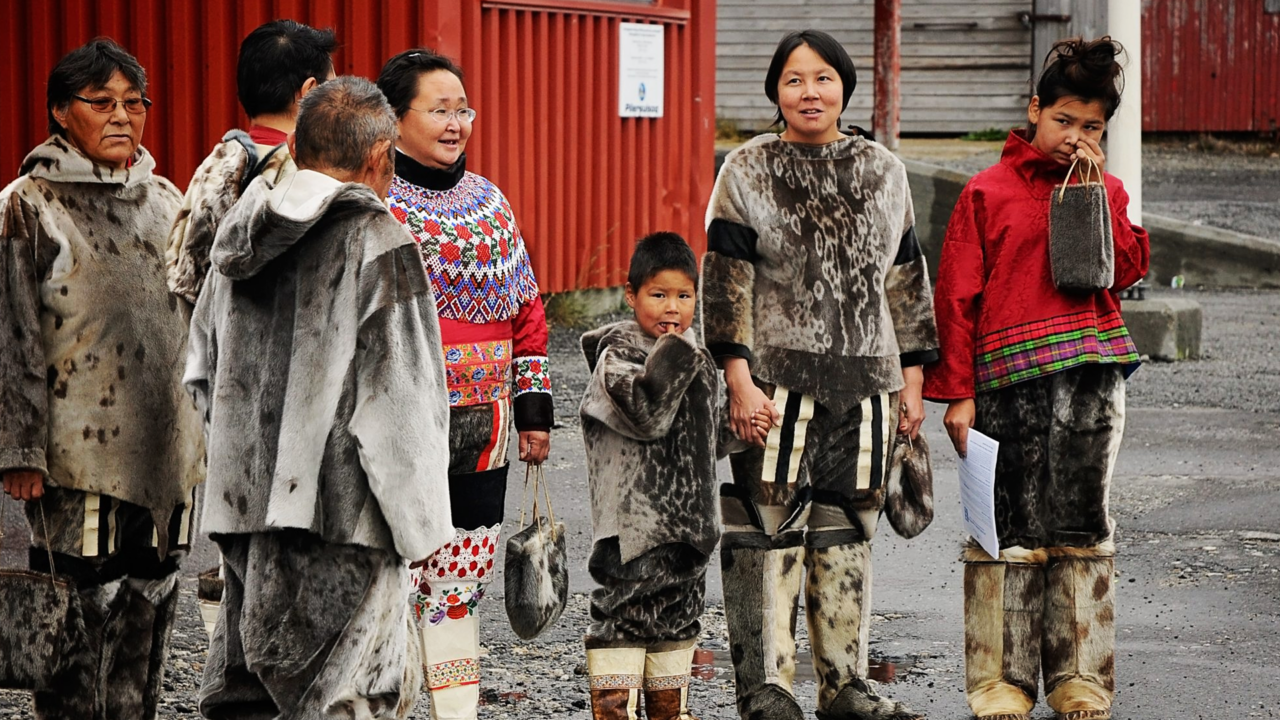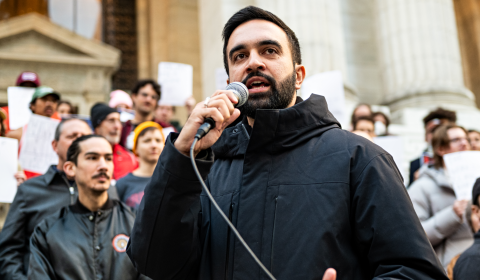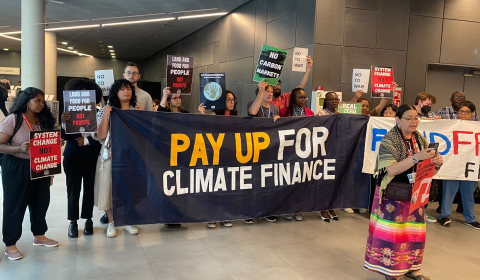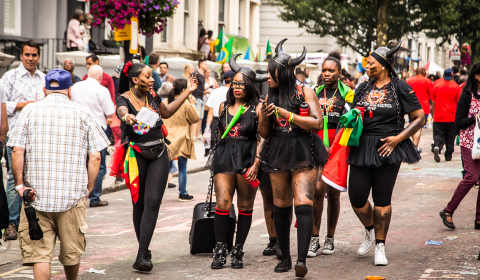A group of women in Greenland say Danish doctors involuntarily sterilised them with intrauterine devices.
Indigenous women across the globe have a traumatic historical relationship with genocide. Attempts to wipe-out indigenous populations have been pervasive across the West and beyond, but they appear in many forms, some more overtly insidious than others.
From ‘residential schools’ to social and financial isolation, Indigenous people have and continue to face both casual and violent racism.
But in Greenland, a deeply disturbing case of Indigenous ethnic cleansing has resurfaced. A group of 67 women have come forward demanding compensation from the Danish government, after they claim Danish doctors forced them to have intrauterine devices (IUDs) inserted as teenagers.
The group claim to be part of a larger body of 4,500 women, who were fitted with coils in order to limit birth rates amongst Greenland’s indigenous population.
The country was a Danish colony at the time, in 1953.
National archive records show that, between 1966 and 1970 alone, 4,500 women were fitted with IUDs without knowledge, let alone consent. Some were as young as 13.
By 1969, Greenland’s government estimates that around 35% of the indigenous population who could potentially have borne children had been fitted with contraception.
Naja Lyberth is one of the women demanding compensation. She was 13 years old when she visited a doctor, believing she was going for an annual check-up. Instead she was fitted with an IUD.
‘As girls aged 12 to 17, we were defenceless against the doctor’ she told the New York Times. ‘We were not treated as equal citizens within the commonwealth.’
Women like Naia believe damages would serve as an apology from the government, but it can’t unpick the long-term impacts of such a traumatic experience, nor the heavy truth that forms of indigenous genocide are ongoing and prevalent.
Reports state that many of the women were so traumatised by the experience, so ashamed, that they kept it from their parents. Lyberth said she was not sexually active at the time of the procedure and did not feel she was old enough to refuse.
The IUDs used were larger than the modern coil, causing extreme pain to patients. Lyberth said it felt like ‘there were knives inside of her.’ Several said they experienced bleeding and abdominal pain or infections.
Others said they developed scar tissue or that they had to have their uteruses or ovaries removed years later.
Besides the obvious exploitation of these women by placing foreign objects inside them without consent, IUDs are designed to be replaced every 5-10 years. Leaving one in the uterus for any longer can cause incredible harm.
In short, these women’s lives were knowingly put at risk.
One woman said she had no knowledge of her IUD until she failed to become pregnant in 2009.
The incident first became public knowledge last year, causing widespread outrage in Denmark.
Since Lyberth and other women have come forward demanding compensation, support has poured in from across the globe.
Social media users have expressed shock at the news, with many calling it out as a form of ethnic cleansing.
‘Literally just casual ethnic cleansing’ said one Instagram user, under a BBC post about covering the incident.




















